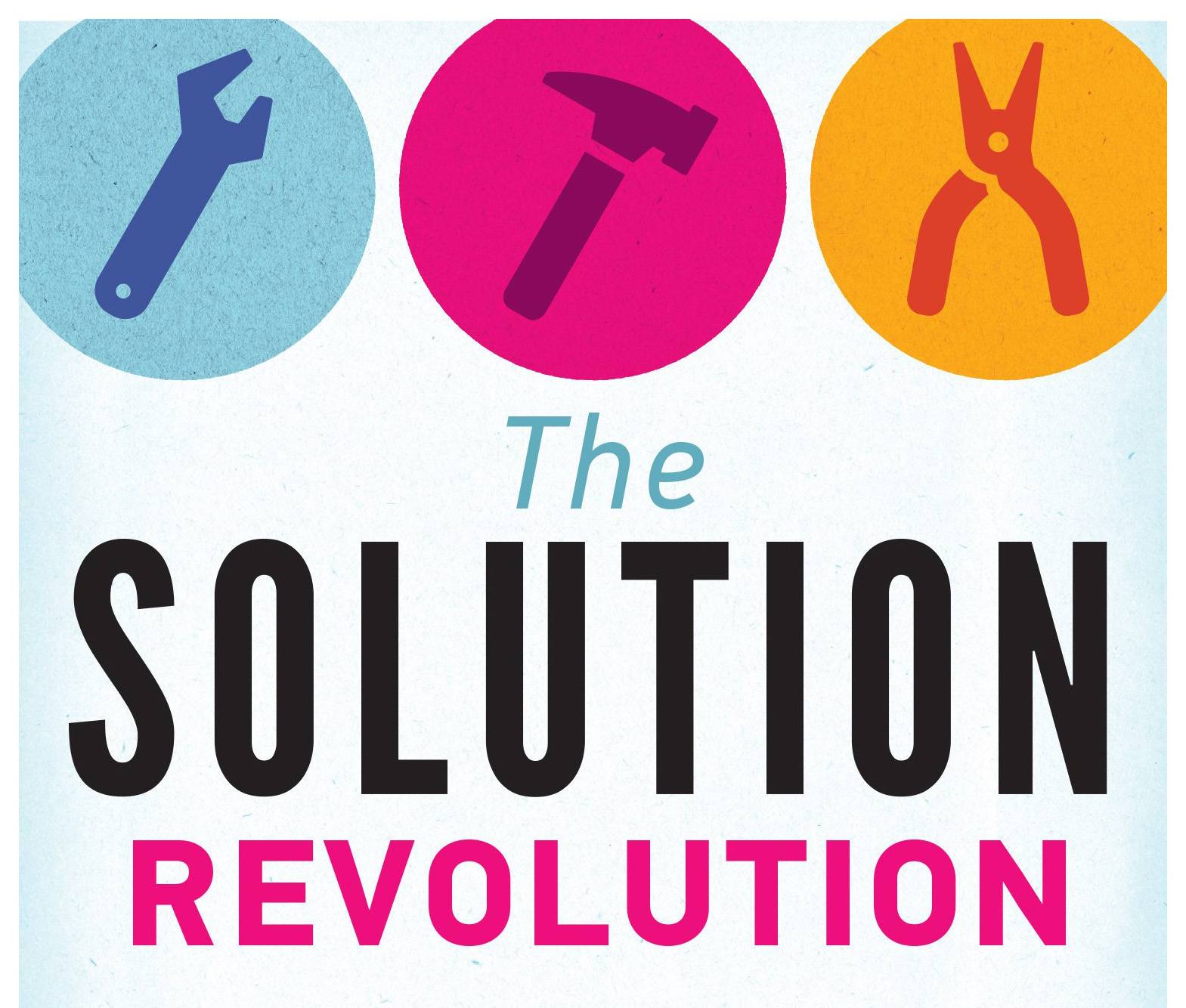The Solution Revolution: How Business, Government and Social Enterprises are Teaming Up to Solve Society's Toughest Problems, William D. Eggers and Paul Macmillan, 2013, ISBN 9781422192191
Government, by itself, can no longer fix all of society's problems. Perhaps it is time for a partnership between government, business and new organizations that that are shrinking the gap between what citizens need and what government can provide.
Does your town have a rather dismal home recycling rate? Instead of spending tax money on a recycling PR campaign, visit a site called Recyclebank. They have helped towns to double or triple their recycling rate in just a few months. Is downtown clogged with traffic? Instead of imposing some sort of downtown driving fee, consider a car-sharing service like ZipCar.
It is now possible to mobilize huge amounts of resources around societal problems, while the costs plummet. In this new solution economy, the exchange and creation of value (currencies) are happening in new ways. The new currency could be data, credits, reputation or social outcomes (like reduced sickness). There are also new ways to trade these new currencies. They range from prizes and challenges, to crowdfunding platforms, to two-sided markets (with no middleman), to arrangements that pay for success. Can the same system work for international issues, like human trafficking or providing inexpensive housing for India's poor?
How can government or business help to bring about a solution economy? Government can use their purchasing power to create demand, be open to other avenues to reach a desired outcome, open up public data, avoid over-regulating the solution economy and recognize social enterprises as a new kind of business. Business can help by looking at their operating procedures against social criteria, make a bold commitment, change their sourcing practices, and find a way to leverage that open data.
This is a really interesting book. Perhaps it will inspire others to find social needs that are not yet being met, and do something about it. The only bad part of this book is the lack of a list in the back of the websites mentioned in the book (there are quite a number of them). Aside from that, this book is very much worth reading, for businesses and individuals.


